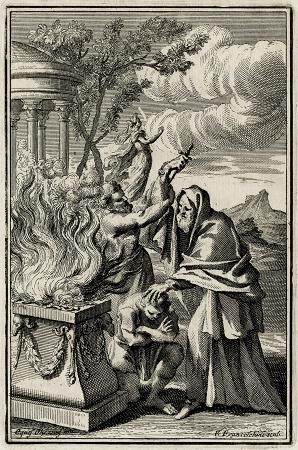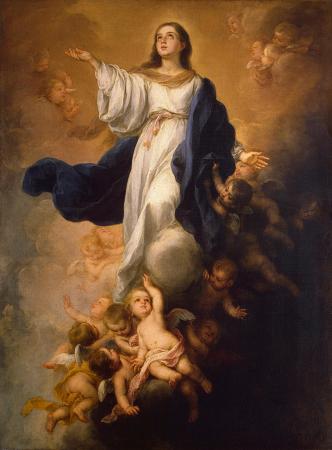Priest. The priesthood is the office of the ministers of religion, who have been commissioned with the Holy orders of the Catholic Church. Technically, bishops are a priestly order as well; however, in layman's terms priest refers only to presbyters and pastors. The church's doctrine also sometimes refers to all baptised members as the common priesthood, which can be confused with the ministerial priesthood of the consecrated clergy. The church has different rules for priests in the Latin Church-the largest Catholic particular church-and in the 23 Eastern Catholic Churches. Notably, priests in the Latin Church must take a vow of celibacy, whereas most Eastern Catholic Churches permit married men to be ordained. Deacons are male and usually belong to the diocesan clergy, but, unlike almost all Latin Church priests and all bishops from Eastern or Western Catholicism, they may marry as laymen before their ordination as clergy. Priesthood is open only to men; women are excluded. The Catholic Church teaches that when a man participates in priesthood after the Sacrament of Holy Orders, he acts in persona Christi Capitis, representing the person of Christ. Unlike usage in English, the Latin words sacerdos and sacerdotium are used to refer in general to the ministerial priesthood shared by bishops and presbyters. The words presbyter, presbyterium and presbyteratus refer to priests in the English use of the word or presbyters. According to the Annuario Pontificio 2016, as of December 31, 2014, there were 415,792 Catholic priests worldwide, including both diocesan priests and priests in the religious orders. A priest of the regular clergy is commonly addressed with the title Father. Catholics living a consecrated life or monasticism include both the ordained and unordained. Institutes of consecrated life, or monks, can be deacons, priests, bishops, or non-ordained members of a religious order. The non-ordained in these orders are not to be considered laypersons in a strict sense, they take certain vows and are not free to marry once they have made solemn profession of vows. All female religious are non-ordained; they may be sisters living to some degree of activity in a communal state, or nuns living in cloister or some other type of isolation. The male members of religious orders, whether living in monastic communities or cloistered in isolation, and who are ordained priests or deacons constitute what is called the religious or regular clergy, distinct from the diocesan or secular clergy.
more...



